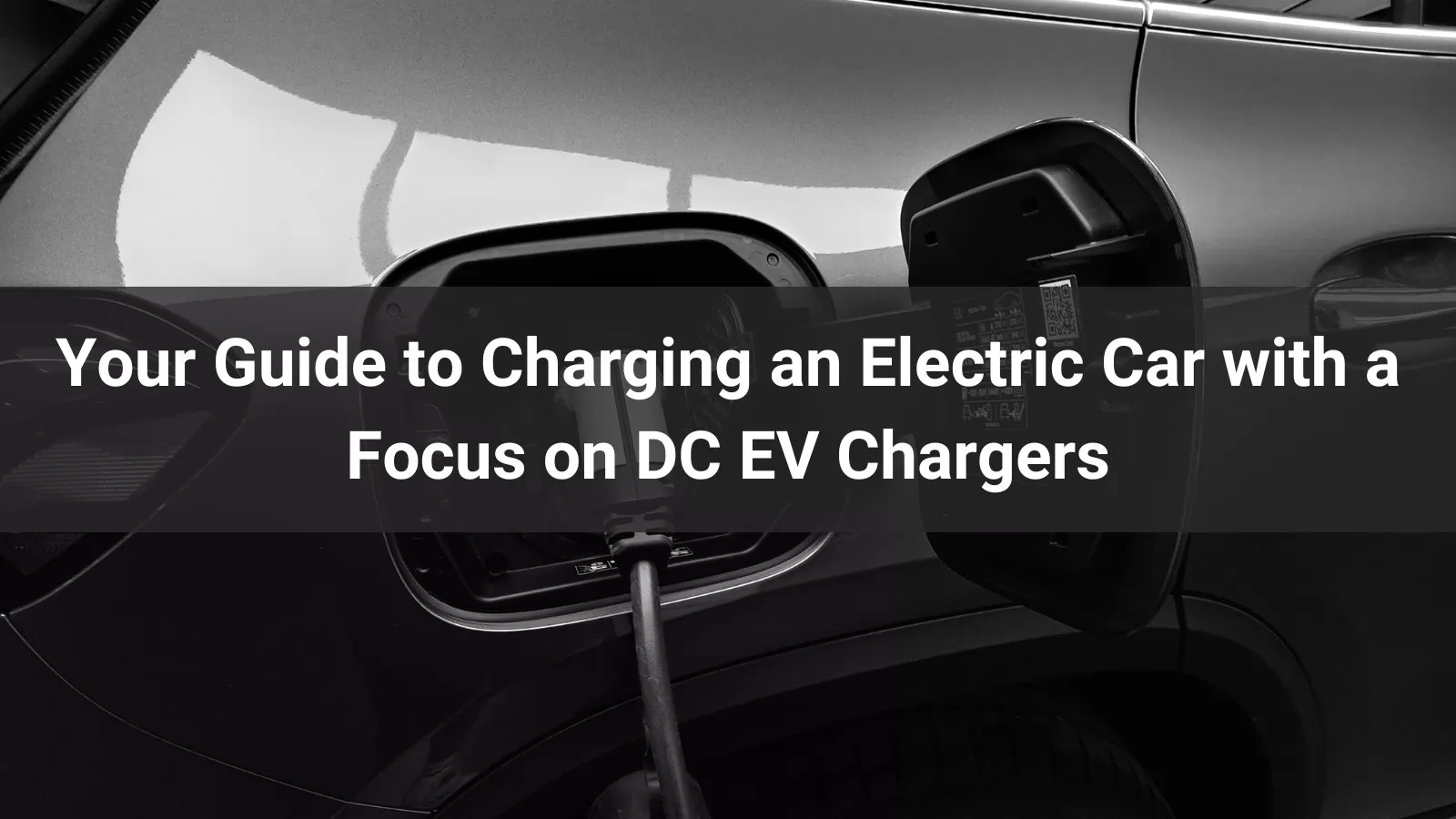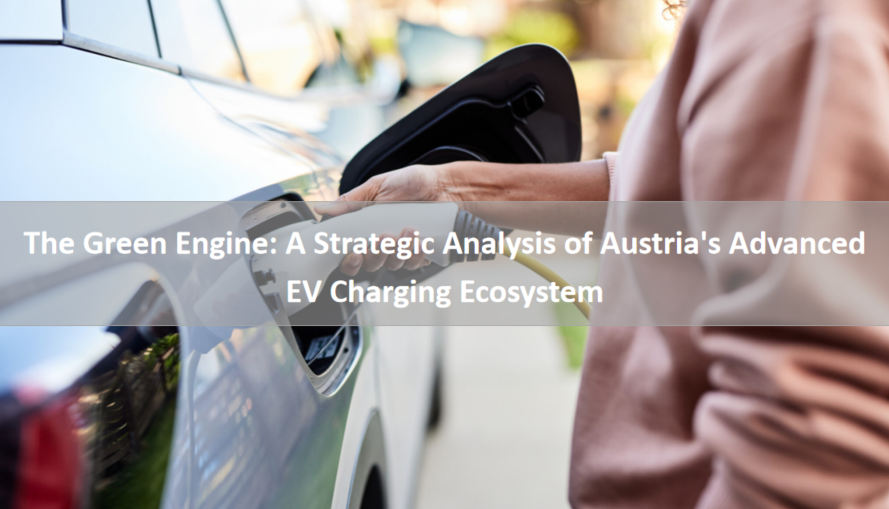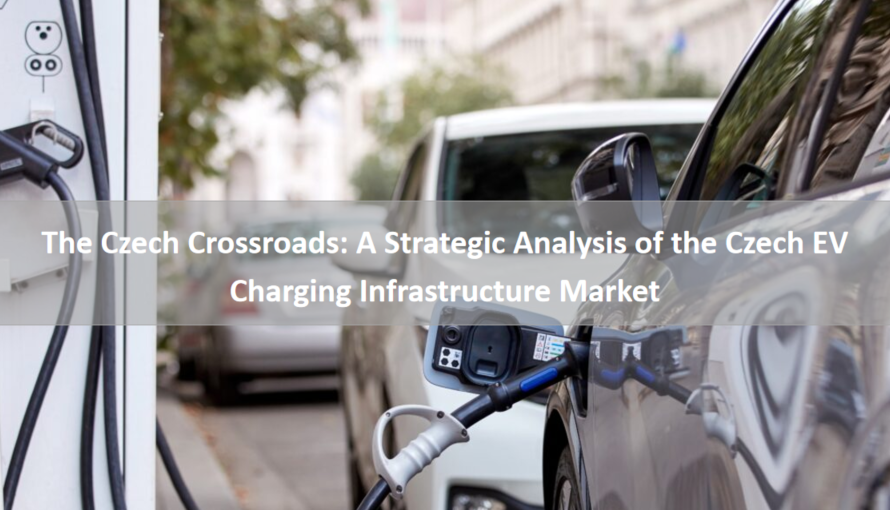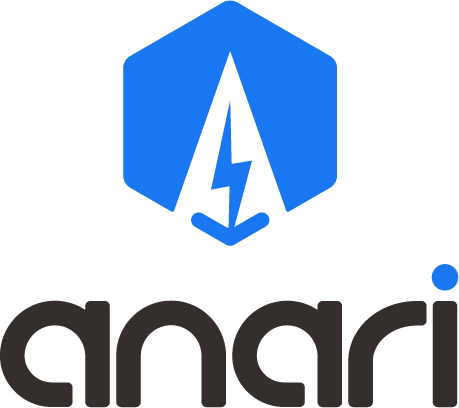
Driving an electric vehicle (EV) is straightforward, but charging, particularly with DC EV chargers, can introduce complexities. Car shoppers considering an EV must evaluate the charging infrastructure available at home or nearby, especially DC EV chargers, to meet their vehicle’s recharging needs. Unlike gas stations, which are abundant, DC EV chargers and other charging options are less widespread, requiring more planning. This guide explores EV charging, emphasizing DC EV chargers, to help you navigate the process effectively.
Before purchasing an EV, assessing your access to DC EV chargers and other charging solutions is critical. Homeowners can install a DC EV charger or other charging equipment, though this involves permits, contractors, and fees. Some automakers and local governments offer incentives to simplify this process. Renters should discuss installing a DC EV charger or Level 2 charger with their landlord. While DC EV chargers are ideal for rapid charging, their availability and installation requirements make careful planning essential.
EV charging is categorized into three levels: Level 1, Level 2, and Level 3 (also known as DC EV chargers). The choice depends on your driving range and time available for charging. At home, plugging into a Level 1 or Level 2 charger overnight is convenient, but DC EV chargers are typically used for rapid recharging on the go.
Level 1 chargers, included with most EVs, plug into a standard 120V household outlet. They are the slowest, adding 2–4 miles of range per hour, suitable for small EVs but less practical for larger ones. While convenient, Level 1 is too slow for those needing quick top-ups or relying on DC EV chargers for faster charging.
Level 2 chargers operate at 240V, delivering 12–32 miles of range per hour—six to eight times faster than Level 1. They are ideal for home or public charging and can fully recharge an EV overnight. Installing a Level 2 charger requires a 240V outlet, such as a NEMA 14-50, and an electrician’s consultation. While Level 2 is faster than Level 1, DC EV chargers remain the go-to for rapid charging needs.
DC EV chargers, or DC fast chargers, are designed for rapid charging, particularly on long trips. They can add 100–250 miles of range in under an hour for compatible EVs. DC EV chargers use a different socket with extra pins to handle higher voltages. Three types exist:
Tesla Superchargers (NACS): Proprietary but now accessible to some non-Tesla EVs.
SAE Combo (CCS): Common for non-Tesla EVs, with extra pins for fast charging.
CHAdeMO: Used by some Mitsubishi and Nissan models but declining in use.
The charging rate of DC EV chargers ranges from 50 kW to 350 kW, depending on the charger and vehicle capability. EVs with lower charge rates (e.g., 50 kW) won’t benefit from high-power DC EV chargers, so matching vehicle and charger capabilities is key. Charging slows at ~80% capacity to protect the battery, making DC EV chargers ideal for quick top-ups rather than full charges.
Tesla’s Supercharger network, composed of DC EV chargers, is extensive and reliable, strategically placed for long-distance travel. Non-Tesla DC EV chargers are offered by networks like ChargePoint, Electrify America, and EVgo, though these are less widespread. Joining multiple networks and using their apps or charge cards ensures access to DC EV chargers when needed. Some automakers, like Mercedes with the EQS, offer plug-and-charge functionality, simplifying access to DC EV chargers without manual authentication.
EV navigation systems often suggest DC EV charger locations along routes, but selecting backup stations is wise in case of outages or occupied chargers. DC EV chargers are critical for minimizing downtime on long journeys, making them a cornerstone of EV infrastructure.
Charging at home with Level 1 or Level 2 is generally cheaper than using DC EV chargers at public networks. Electricity rates vary, but off-peak home charging can reduce costs, with EVs programmable to charge during these hours. DC EV chargers at public stations are pricier, reflecting their speed and convenience. Solar panels paired with energy storage systems, like Tesla’s Powerwall, can offset home charging costs, though these systems are expensive and less relevant for DC EV chargers used on the road.
When using DC EV chargers in public, etiquette is crucial. Monitor your EV’s charge level and move your vehicle once fully charged to free up the DC EV charger for others. Some networks penalize overstaying at DC EV chargers. Ensure the charger is properly connected and functioning before leaving, and report faulty DC EV chargers to the network. Return the charger handle to its receptacle and coil the cable neatly to maintain the DC EV charger’s condition and prevent tripping hazards.
Charging an EV, especially with DC EV chargers, requires more planning than refueling a gas vehicle, but it’s manageable. DC EV chargers are essential for rapid charging on long trips, complementing slower Level 1 and Level 2 options at home or work. By understanding DC EV charger networks, costs, and etiquette, EV owners can seamlessly integrate charging into their routines, making the process as simple as charging a mobile device.
Read more:







